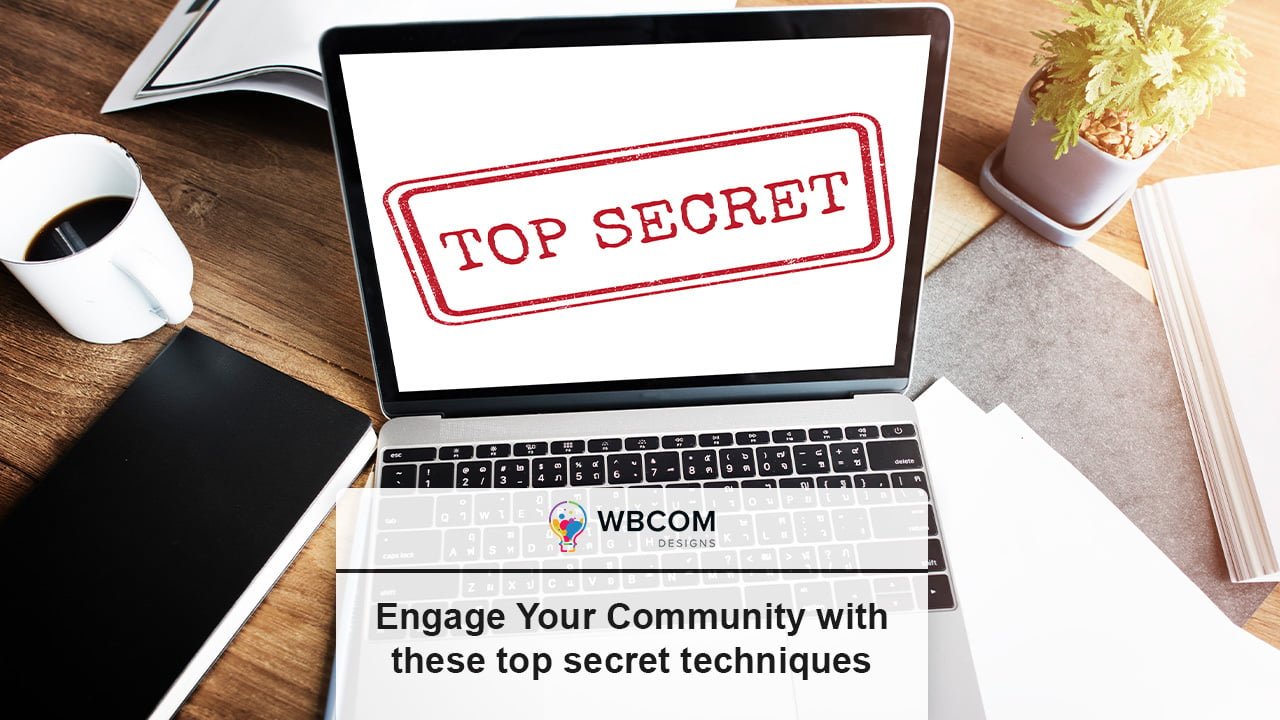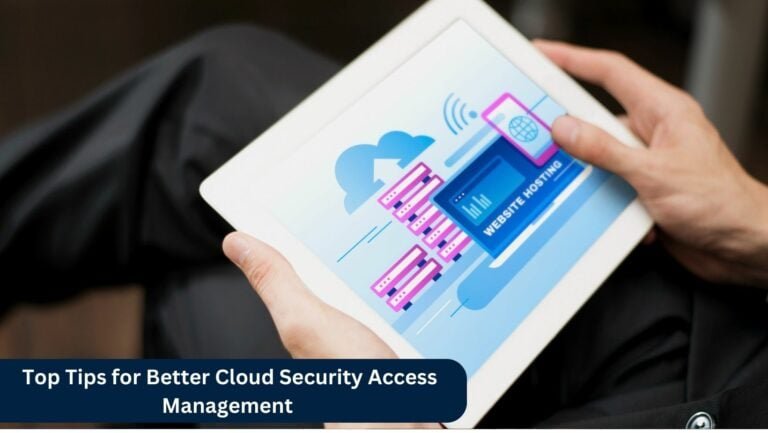Are you struggling to get your community engaged and involved in your initiatives? Do you feel like you’re shouting into the void, hoping that someone will hear you? Engaging your community can be a daunting task, but fear not! We’ve compiled a list of top-secret techniques that are sure to get your community buzzing with excitement and involvement. These strategies are not your typical “like and share” tactics, but rather, they are thought-provoking and creative ways to connect with your audience genuinely. So, grab a pen and paper, and get ready to learn some unique and effective ways to engage your community like never before.
Try BuddyX Theme DemoBuy BuddyX Pro Theme and Community bundle add-onto create a highly engaging Community Platform Today!
Table of Contents
ToggleWhat is community engagement?
Community engagement refers to the process of building relationships and fostering two-way communication between an organization or individual and a community. It involves creating opportunities for dialogue, collaboration, and participation in decision-making processes that affect the community. Community engagement can take many forms, such as hosting public meetings, conducting surveys, organizing events, or using social media to connect with community members. The ultimate goal of community engagement is to establish a mutually beneficial relationship that promotes trust, understanding and shared responsibility between the organization or individual and the community.
Understand Your Members
Understanding your members is an essential aspect of community engagement, as it enables you to tailor your communication, programs, and services to their needs and preferences. By knowing your members, you can identify their interests, motivations, challenges, and goals, and use that information to create a more personalized and relevant experience for them. Here are some tips for understanding your members:
- Conduct Surveys and Focus Groups: Surveys and focus groups are great tools for gathering feedback and insights from your members. You can use online survey tools like SurveyMonkey or Google Forms to create surveys that ask questions about your members’ preferences, interests, and opinions. You can also organize focus groups, which are in-person or virtual sessions where a small group of members can share their thoughts and experiences in a facilitated discussion.
- Use Analytics: Analytics can provide valuable information about your members’ behavior and preferences. You can use web analytics tools like Google Analytics or social media analytics tools to track metrics like page views, click-through rates, engagement rates, and demographics. This data can help you understand which content or programs are most popular, which platforms your members prefer, and which topics are most relevant to them.
- Build Relationships: Building relationships with your members can help you understand their needs and preferences on a deeper level. You can use social media, email, or in-person events to connect with your members and start a conversation. You can establish trust and credibility with your members by listening to their feedback, responding to their questions, and providing personalized recommendations.
- Collaborate with Members: Collaborating with your members on projects or initiatives can help you understand their perspectives and priorities. You can use co-creation or co-design methods to involve your members in the development of programs, services, or products. By working together, you can gain a deeper understanding of their needs and preferences and create more relevant and effective solutions.
By following these tips, you can better understand your members and create a more engaging and meaningful experience for them.
Build Trust
Building trust is a critical component of community engagement. Trust is the foundation of any successful relationship, and it is especially important in community engagement, where members need to feel comfortable sharing their thoughts, opinions, and experiences. Here are some tips for building trust with your community:
- Be Transparent: Transparency is key to building trust. Be open and honest about your organization’s goals, values, and decision-making processes. Share your successes and failures, and be willing to admit mistakes and make changes based on feedback.
- Listen and Respond: Listening to your community is essential to building trust. Be attentive to their needs, concerns, and feedback, and respond promptly and respectfully. Show that you value their opinions and are willing to take action based on their input.
- Communicate Clearly: Clear and effective communication is essential for building trust. Use language that is easy to understand and avoid jargon or technical terms that may be confusing. Use multiple channels to reach your community members and provide information in different formats, such as videos, infographics, or podcasts.
- Empower Your Members: Empowering your members to take an active role in community engagement can build trust and foster a sense of ownership. Provide opportunities for members to participate in decision-making processes, co-create programs or initiatives, or volunteer their time and skills.
- Build Relationships: Building strong relationships with your community members is crucial for building trust. Take the time to get to know your members, understand their needs, and find common ground. Show appreciation for their contributions and recognize their achievements.
By following these tips, you can build trust with your community and create a strong foundation for long-term engagement and collaboration.
Have fun and celebrate
Having fun and celebrating is an often overlooked but important aspect of community engagement. Celebrating successes, milestones, and accomplishments can help build morale, boost engagement, and foster a sense of community spirit. Here are some tips for having fun and celebrating with your community:
- Host Events: Events are a great way to bring your community together and celebrate shared interests and accomplishments. You can organize social events, educational workshops, or cultural celebrations that reflect your community’s interests and values. Be sure to promote the event widely, provide clear instructions, and make it accessible and inclusive for all members.
- Recognize Achievements: Recognizing the achievements of your community members can be a powerful motivator and morale booster. You can create recognition programs or awards that acknowledge contributions and accomplishments in various areas, such as volunteerism, leadership, or innovation. Make sure the criteria for recognition are clear and transparent, and involve community members in the selection process.
- Use Social Media: Social media platforms like Facebook, Instagram, and Twitter are powerful tools for celebrating and promoting your community. You can use these platforms to share photos, videos, and stories that highlight your community’s achievements, events, and activities. Encourage members to share their own photos and stories and use hashtags to create a sense of community and unity.
- Engage in Playful Activities: Playful activities can be a fun and engaging way to bring your community together and build relationships. You can organize games, challenges, or competitions that reflect your community’s interests and values. These activities can be both physical or virtual and can include trivia nights, game nights, or scavenger hunts.
By having fun and celebrating with your community, you can create a positive and engaging environment that fosters a sense of belonging and community spirit. Remember to keep the activities inclusive, accessible, and respectful of diverse perspectives and cultures.
Wrapping Up Words | Engage your community
In conclusion, engaging your community is essential for building a strong and supportive network. By implementing these top secret techniques, you can create a sense of belonging and foster positive relationships within your community. Listen to your community’s needs, be authentic, and provide value. With these strategies, you can strengthen your community and positively impact those around you.







